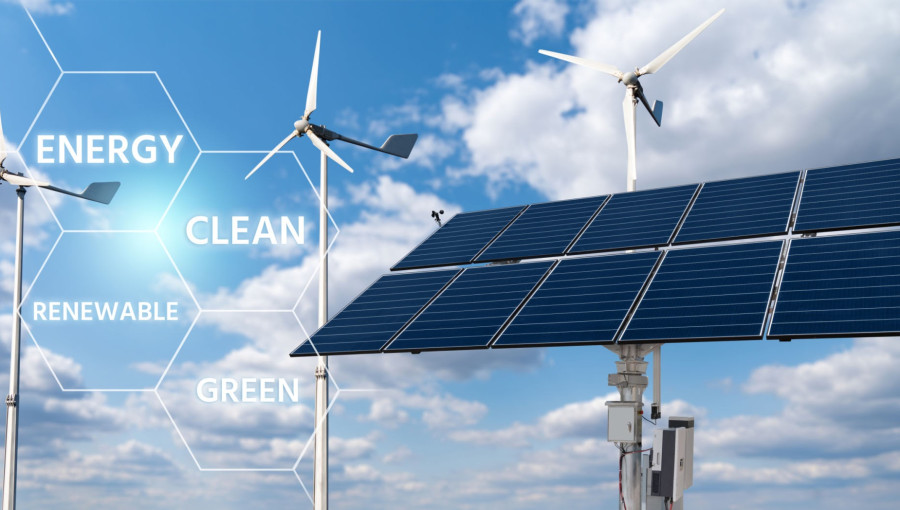The global renewable energy landscape has seen significant transformation over the past decade, with India emerging as a major player in clean energy deployment, challenging traditional leaders like the US and Europe. China currently dominates the sector with a vast installed capacity, leading to significant cost reductions across renewable technologies. While the US remains in second place, its growth has faced hurdles, and India’s rapid expansion positions it to potentially overtake established powers in the coming years. Other regions, such as ASEAN and Australia, are also making strides in renewable energy, although challenges persist in their transition away from fossil fuels.
This report highlights the competitive dynamics in the global renewable energy sector, noting that China holds a leading position with 64% of the world’s renewable electricity generation capacity, amounting to 1,889 GW of installed renewable capacity by the end of 2024. While the US is second with 11% and 388 GW of capacity, investment uncertainties have led to a decrease in its growth rate. In contrast, India is noted for its remarkable speed in renewable energy deployment, achieving a growth rate of 35% year-over-year, with its solar capacity having increased ten-fold in just under a decade.
China’s approach not only emphasizes large-scale projects but also focuses on distributed solar solutions, especially in rural areas, aiming to reduce its dependence on fossil fuels. Despite its significant growth, China continues to face local and global competition in the renewable market, particularly from India, which has gained traction and established itself as an emerging powerhouse thanks to favorable policies and ambitious targets.
India’s renewable energy capacity reached 203 GW, constituting 46.3% of the country’s total installed power generation, and is expected to continue to grow rapidly. Its solar sector, in particular, demonstrates this momentum, suggesting that India could surpass Brazil and challenge the US for the second spot in renewable capacity in the coming years.
While Europe once held a strong position in renewables, it has faced economic challenges that have affected its growth trajectory, especially in the offshore wind sector. Despite the establishment of significant clean energy policies, the recent economic environment has led to increased project costs and regulatory delays. Meanwhile, Japan is attempting to increase its renewable capacity, although it continues to be heavily reliant on fossil fuels.
The ASEAN region is making efforts toward a renewable transition, though it remains largely dependent on fossil fuels, highlighting the need for improved coordination and investments in modern grid technologies. In Australia, despite coal still being a primary energy source, a rapid expansion in solar power showcases the potential for a cleaner energy transition.
The shifting dynamics in the renewable energy sector offer insights into how countries are redefining their energy security goals, moving towards clean energy deployment as a means of achieving international influence. As such, the ongoing transformations reveal that nations excelling in rapid renewable infrastructure development are positioned to reshape the energy landscape effectively, with India’s growth likely to alter the rankings of global renewable energy leaders in the near future.
https://cleantechnica.com/2025/09/08/who-is-leading-the-global-renewable-energy-race/

